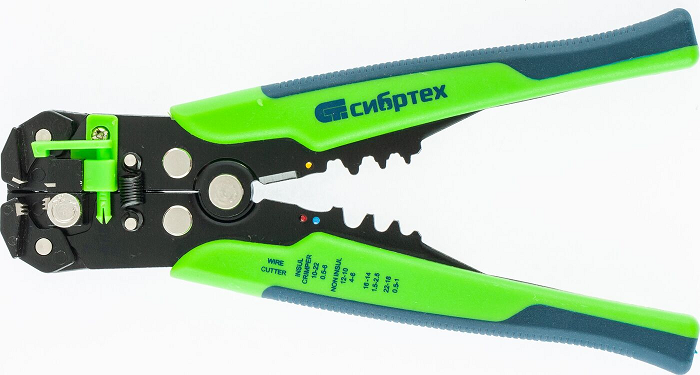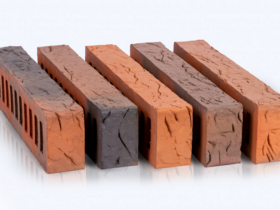Carrying out electrical work at home – be it laying or completely replacing electrical wiring in a house or connecting just one lamp in a new place – is inevitably accompanied by the need to remove the electrical insulating sheath from the ends of the conductors.
Let’s look at how wire stripping should be done correctly and what will happen if you do it without a special tool, what types of special tools there are, what are the features of the elementary and professional approach, as well as what criteria you need to pay attention to when choosing a particular method and tool in specific conditions .
How correctly the connection of electrical wiring elements is made will determine not only the quality of the power supply, but also the safety of the home. Therefore, when carrying out electrical installation work, it is extremely important to use special devices for stripping insulation from wires.
Removing the insulating shell without the use of special tools can result in the following series of undesirable consequences:
Damage to the electrically conductive metal core or hairs, which will inevitably result in a reduction in cross-sectional area. Subsequently, this can lead to breakage and breakage of the circuit, and in the worst case, heating and fire.
The formation of hidden defects, which will subsequently lead to the core breaking when bent.
Reduction in conductor strength due to defects in the structure.
Breakage of side hairs in a multicore cable.
Clogging of the conductor surface with insulating material residues.
In addition, removing the electrical insulating sheath using special tools allows you to avoid injuries to the installer himself, as well as improve the quality and productivity of work. This is especially true when a large number of connections are being made, for example, when installing wiring in a new home.









